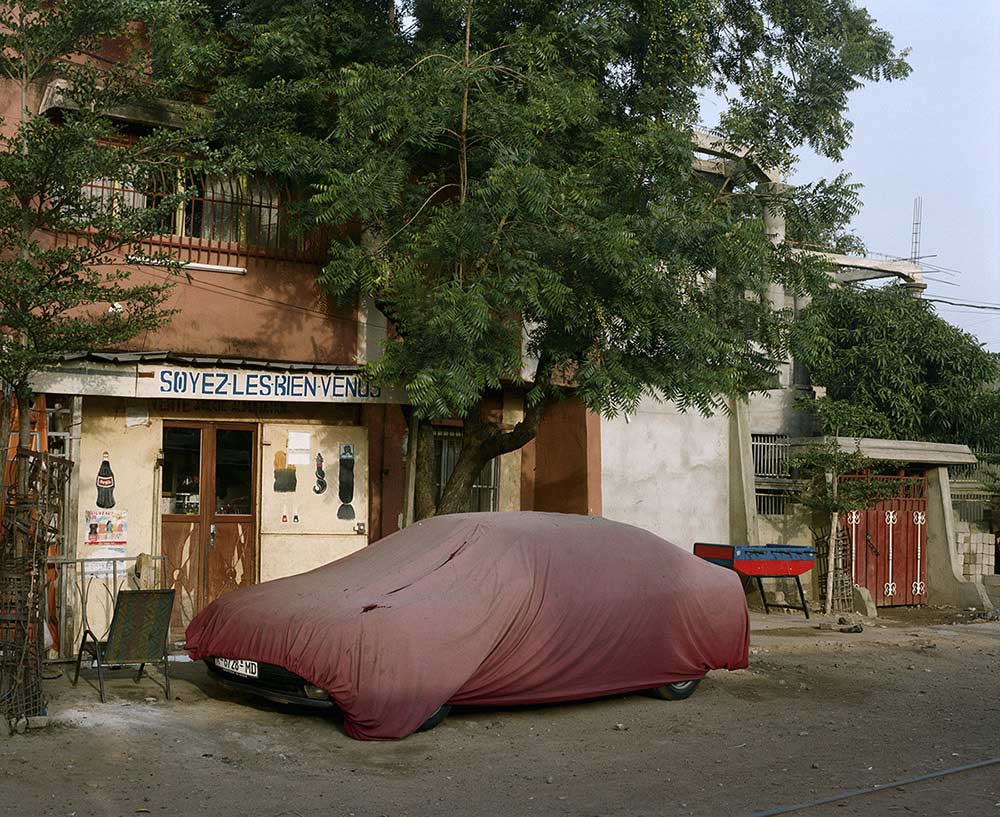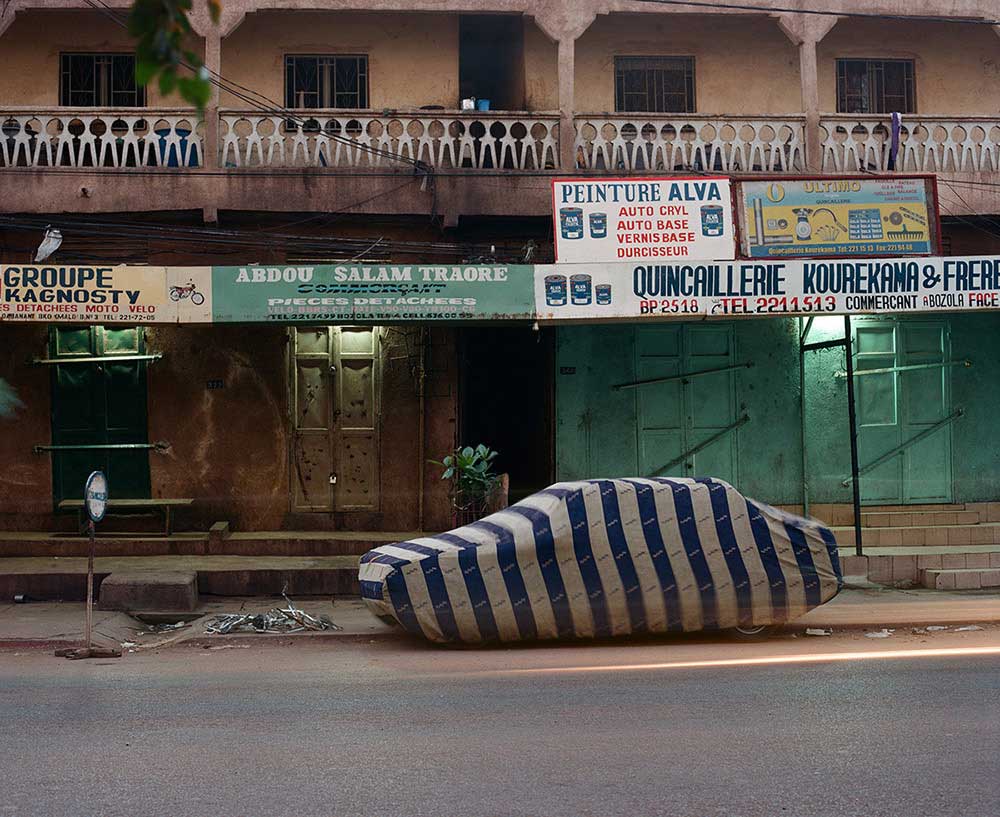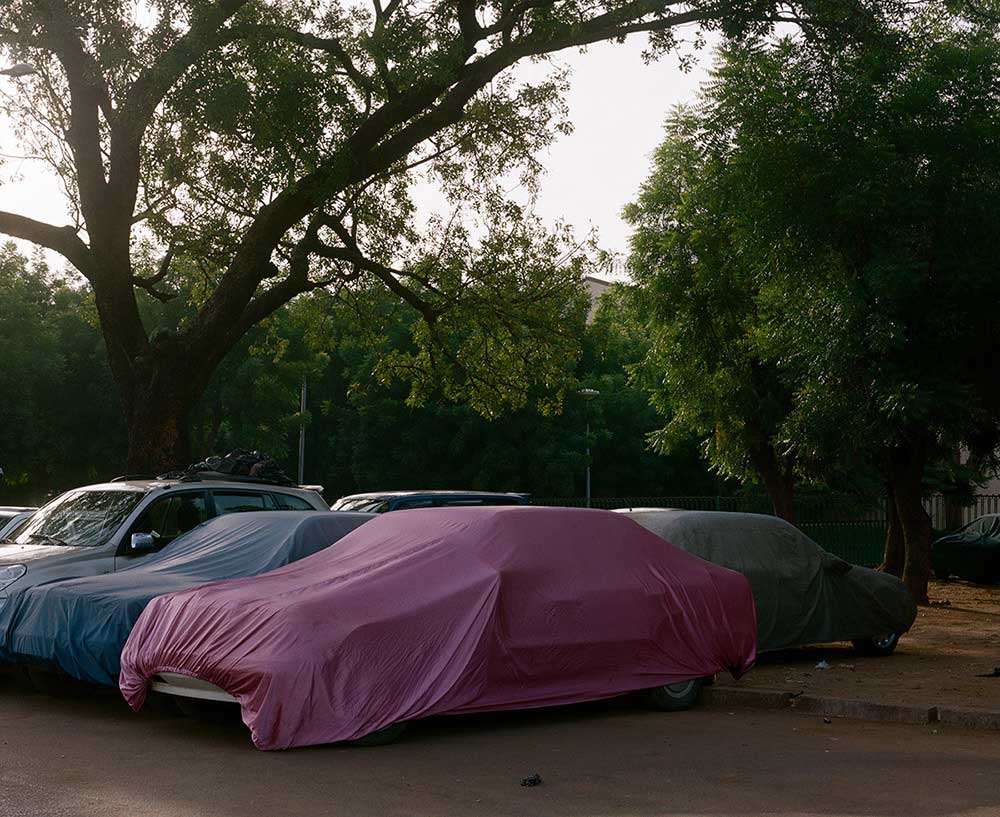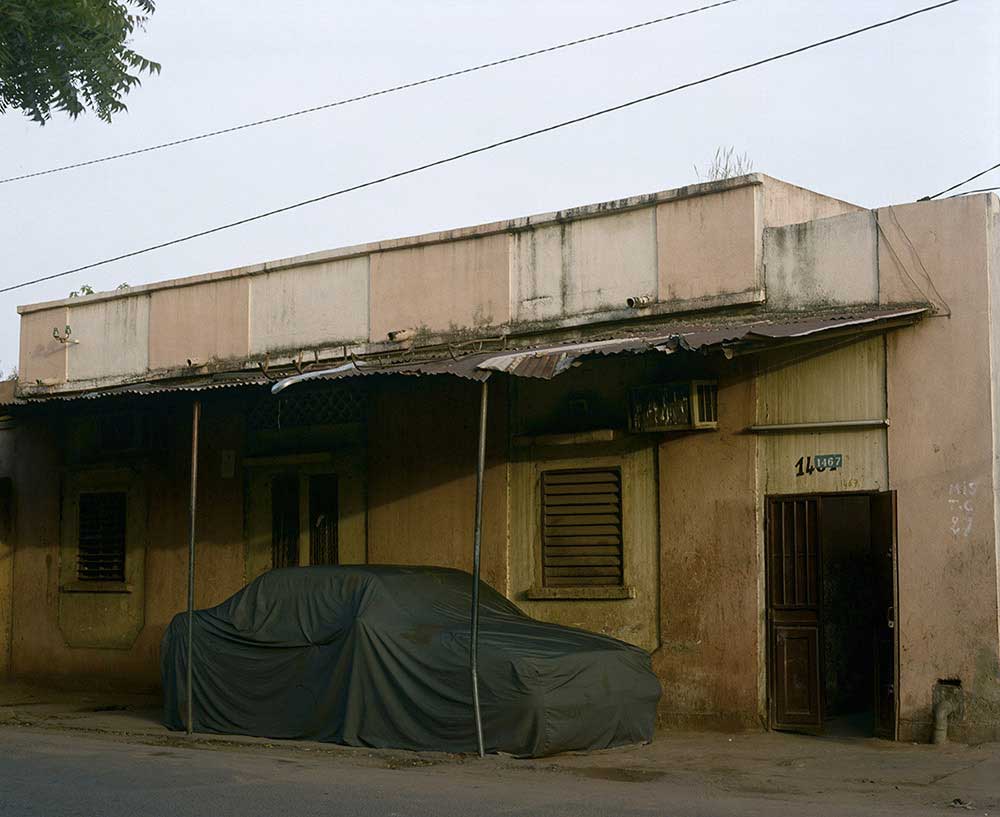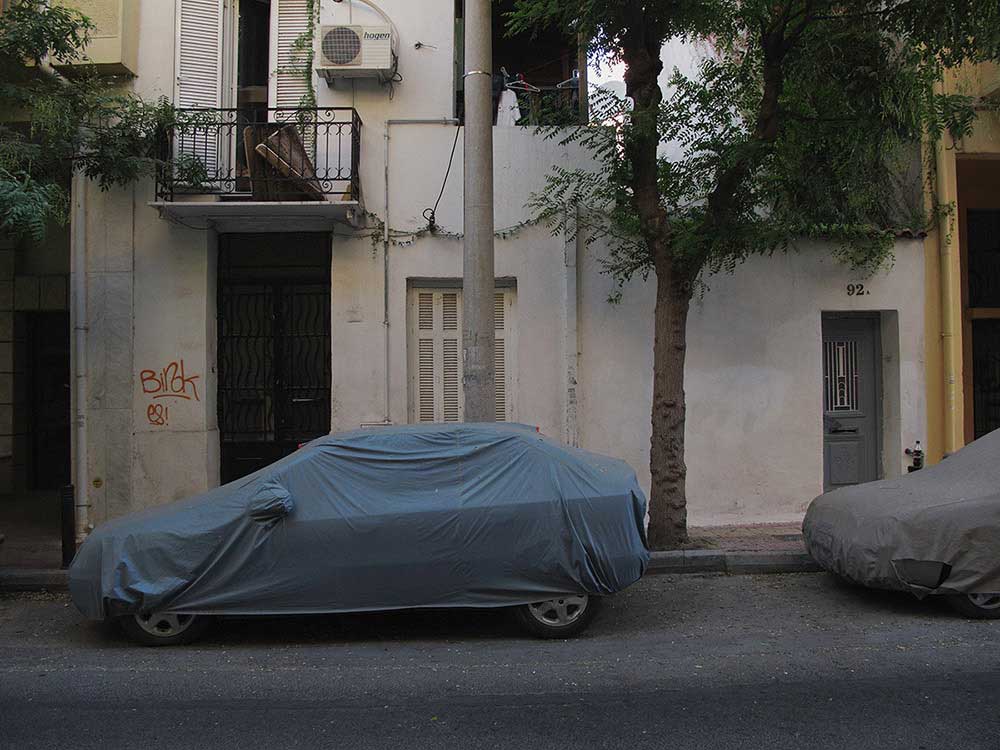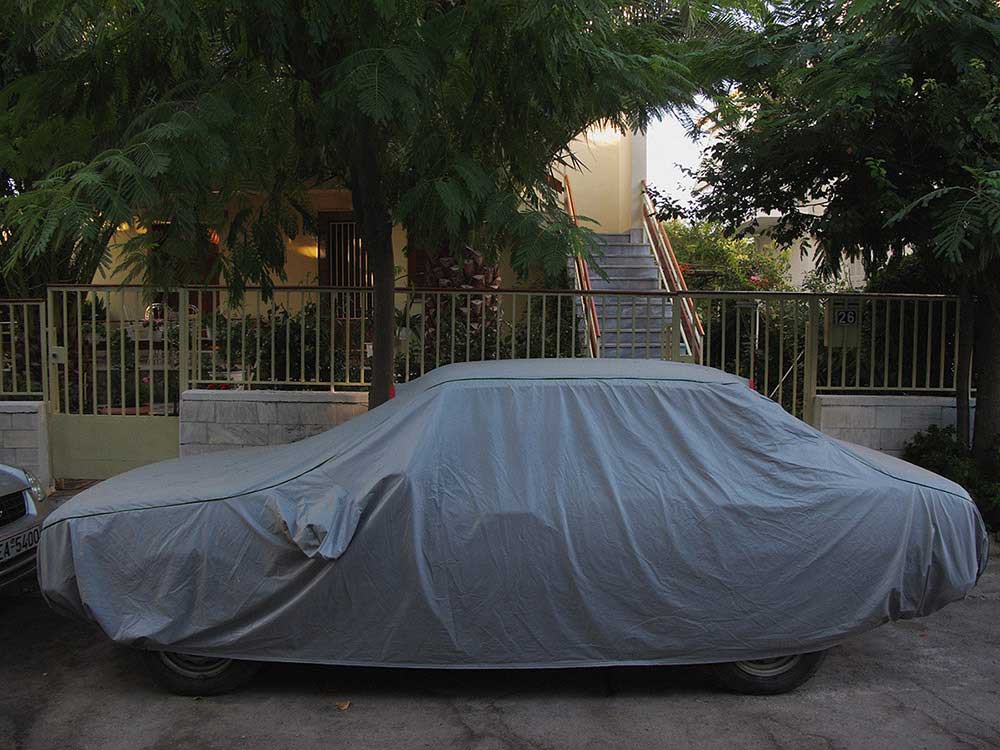When I met Frédérick Carnet, he was about to finish a work on the pilgrims of Camino Francès.
He told me about his trips, walking or cycling in Japan, in Iceland and on the Way of St James, where he engaged physically, as if he wanted to fully experience in his flesh the crossing of the landscapes and the harshness of the climate.
Nevertheless, his photographic work emanating from these odysseys don’t reveal the trying physical challenge of his means of locomotion. Before our first encounter, on his web site, it is his set “Ghost Cars”, that first captured my attentions. Manager of a motor vehicles museum, I often regretted that photographs of cars were too often reduced to their commercial aspect, to their gleaming chromes, not focusing enough on the complex, but nevertheless universal, relations our society maintains with this ever so ordinary object. When I first saw this set, I thought that the verses of Aragon dedicated to Fernand Léger* seemed to have been photographically staged:
This world is an immense camouflage, where color and shadow
Hide humans and reveal them in turn.”
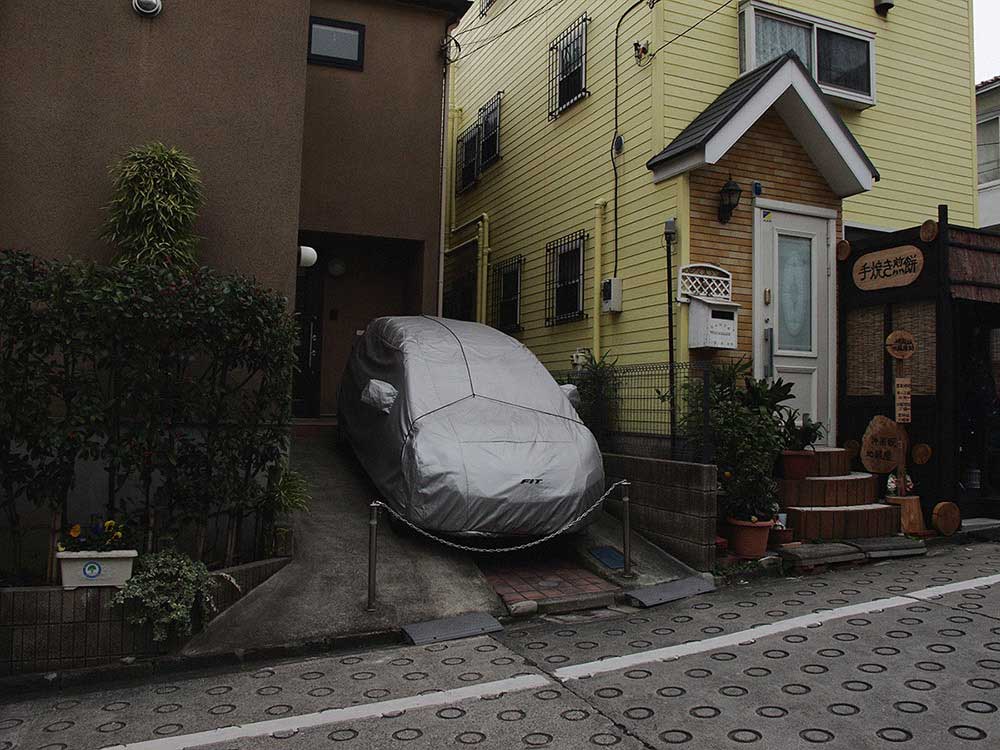
In order to better underline the importance attributed to the car by our contemporaries, Frédérick chose to show it masked, to surprise it in its sleep, often shadowed by the homes of its owners. Under its protective cover, you imagine it more or less luxurious just through a glimpse of a rim, or when the shroud clings to it after the rain, making it confess its sportive shape. Camouflage becomes a way of revealing what the driver in Japan, London, Athens or Bamako hopes to see it metallically embody. Frédérick’s photographs are windows that let us imagine the relationship, the intimacy even, of man and his machine, because none of the protagonists is unmasked. As Aragon says in the same poem:
Camouflage, believe me, is top of the art, in life.
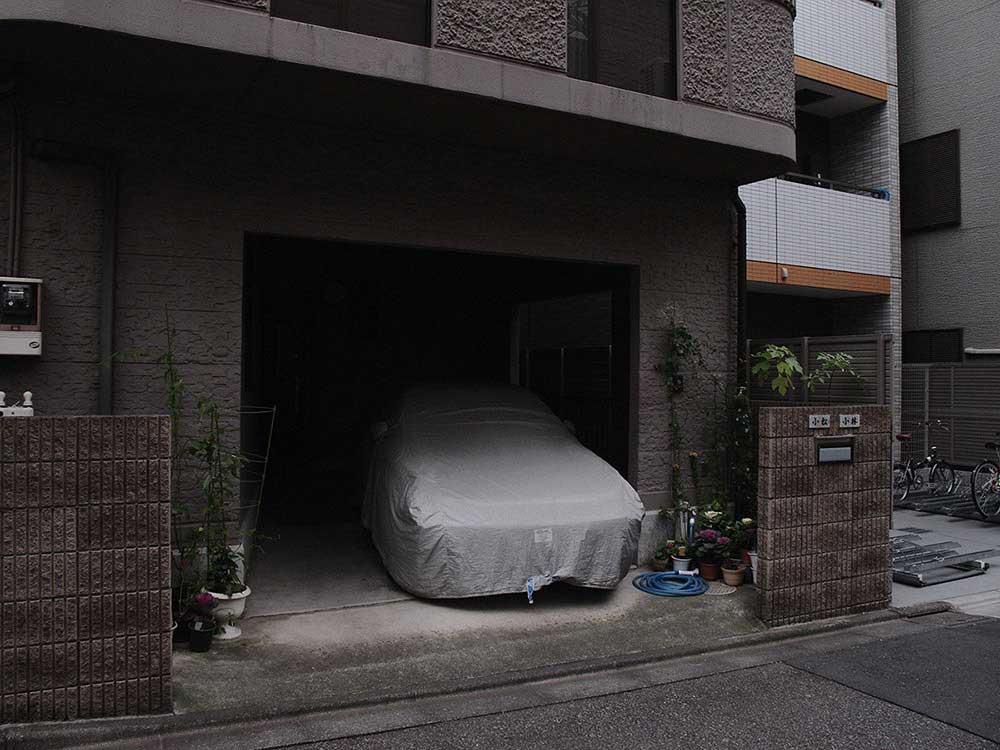
It is difficult, at first, to understand what links our photographer, besotted with nature, to this piece of machinery, he who, when he travels, chooses to use only the strength of his calves. I have a theory: I suspect that, without admitting it, he questions a distinctive feature of his home region: the Sarthe department. As a matter of fact, I saw him living near a highway that, once a year, in June, brings a crowd of tens of thousands of drivers from northern Europe, often from England, to witness, about 13 miles away, the 24 hour race at Le Mans (a kind of pilgrimage?). Let’s not forget that it is after his treck on the Camino Francès that he realized that one of he ways to St. James ran in front of his home. This set is for me one of the most interesting, because it is probably the most poetic (and ironic too, sometimes) about the relationship between man and car, wherever on the globe he surprised the sleeping beauties. Let’s give Aragon the final say on this poetic camouflage. It fits perfectly the art of Frédérick Carnet:
And for this kind of conversation, my friend Guillaume Apollinaire
Well, he knows a lot
He even invented something that is like a spoken camouflage He calls it “calligrammes”, and it is truly nice to look at.
-Hélène Chédorge-
* It refers to a poem Aragon wrote on the life and work of his friend Fernand Léger, he too a man of the West, born in Argentan (less than 60 miles from the home of Fréderick Carnet in the Sarthe). It was published in a monograph of texts and lithographs of Fernand Léger about the trips the painter took in Europe and the United-States in 1960 (Mes Voyages, Editeurs Français Réunis).
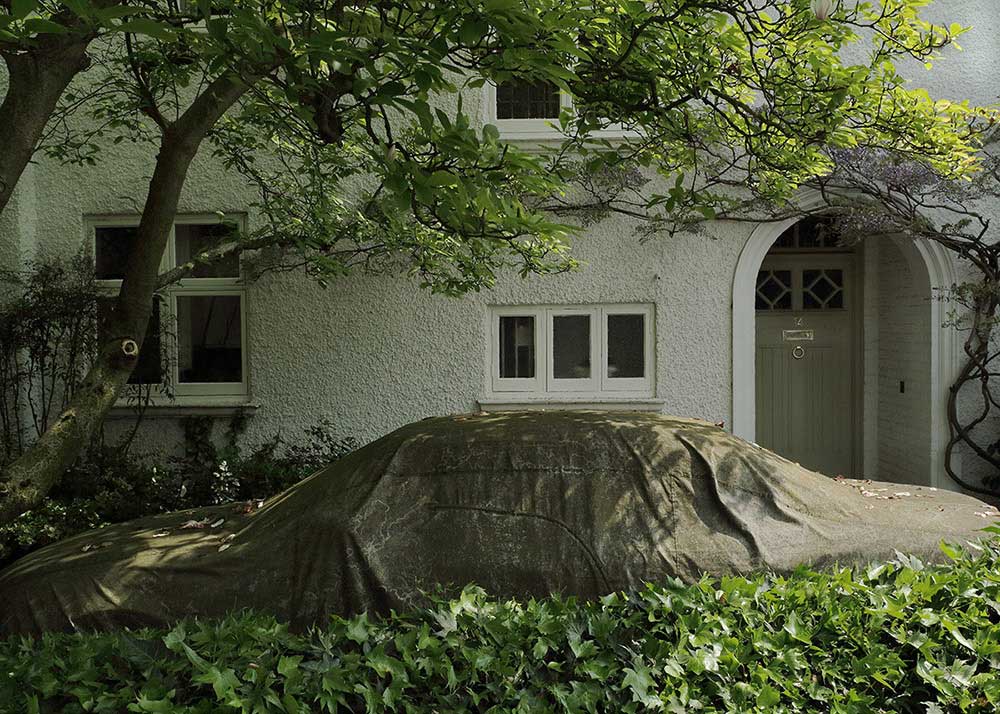
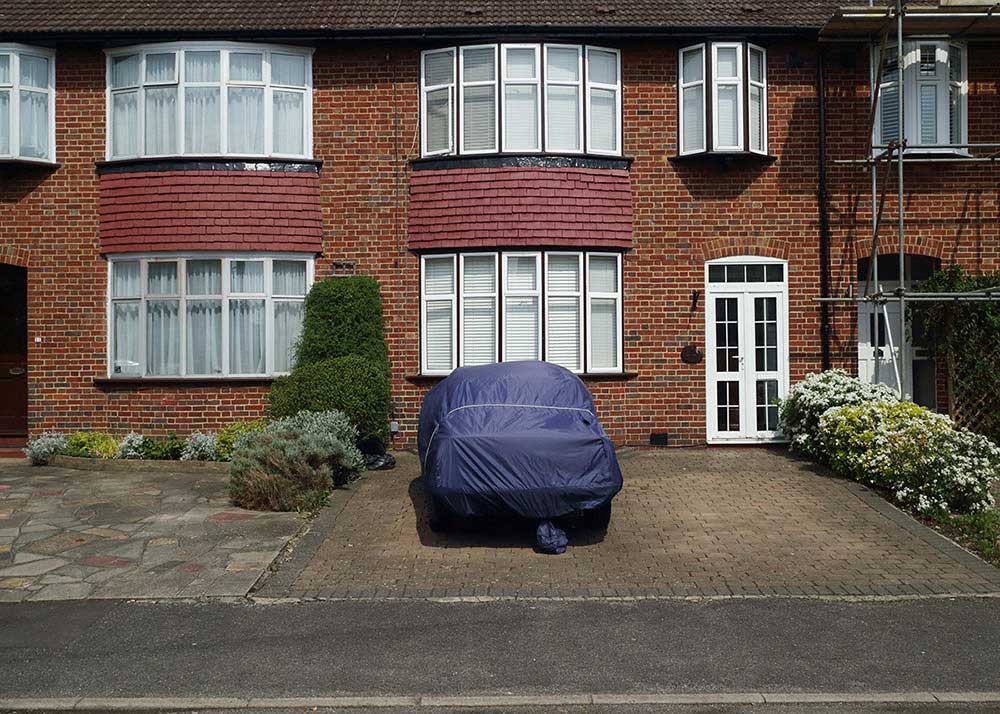
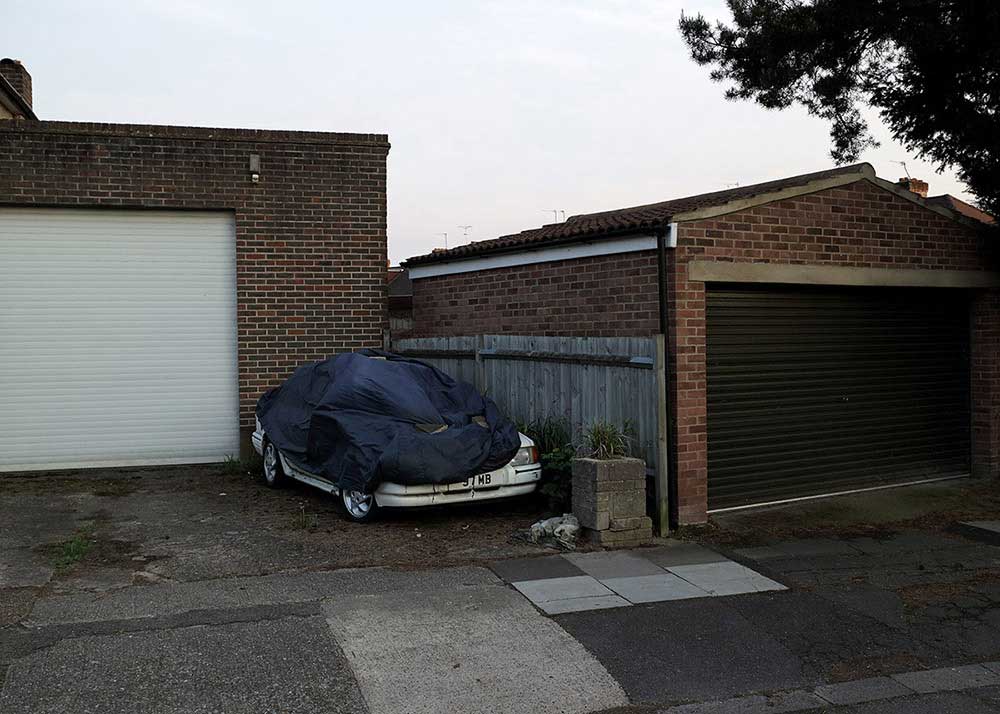
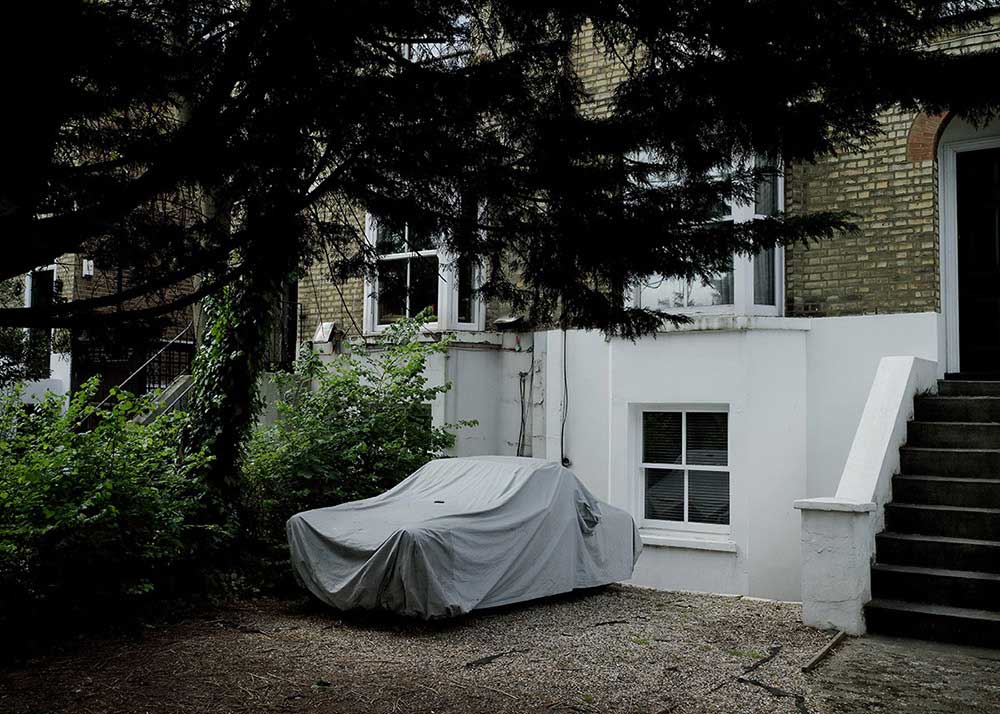
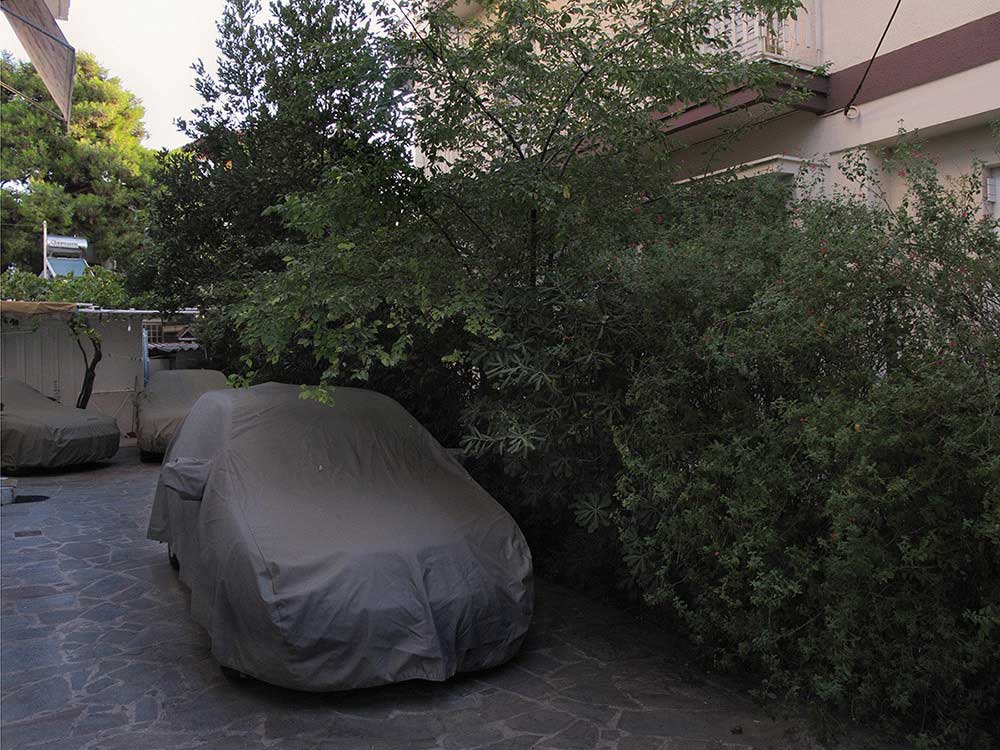
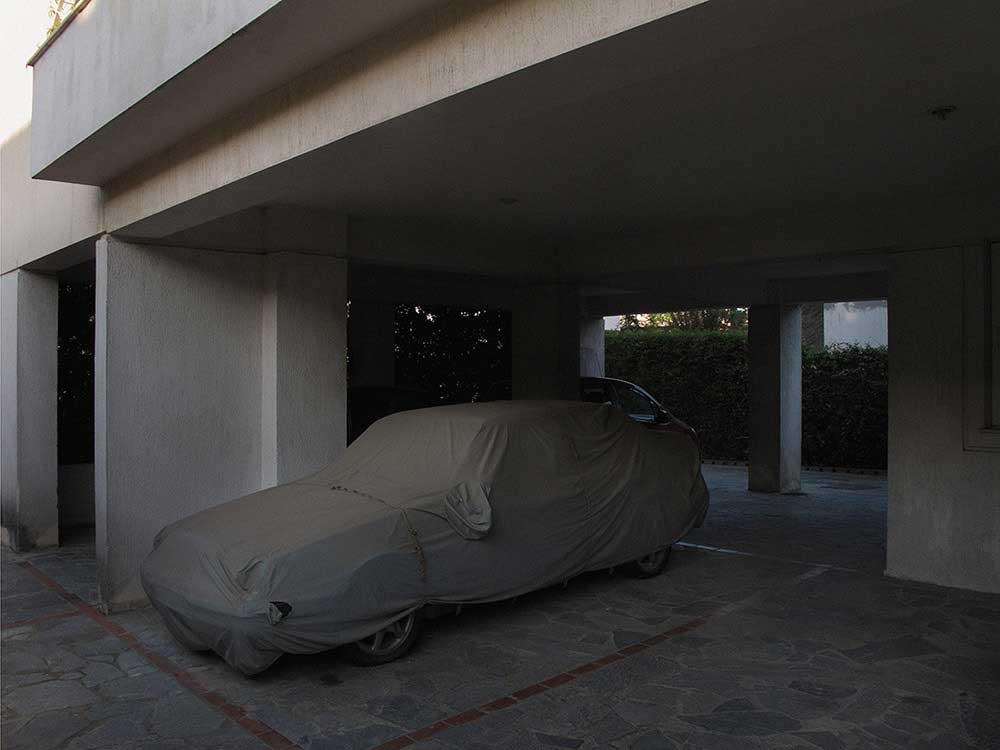
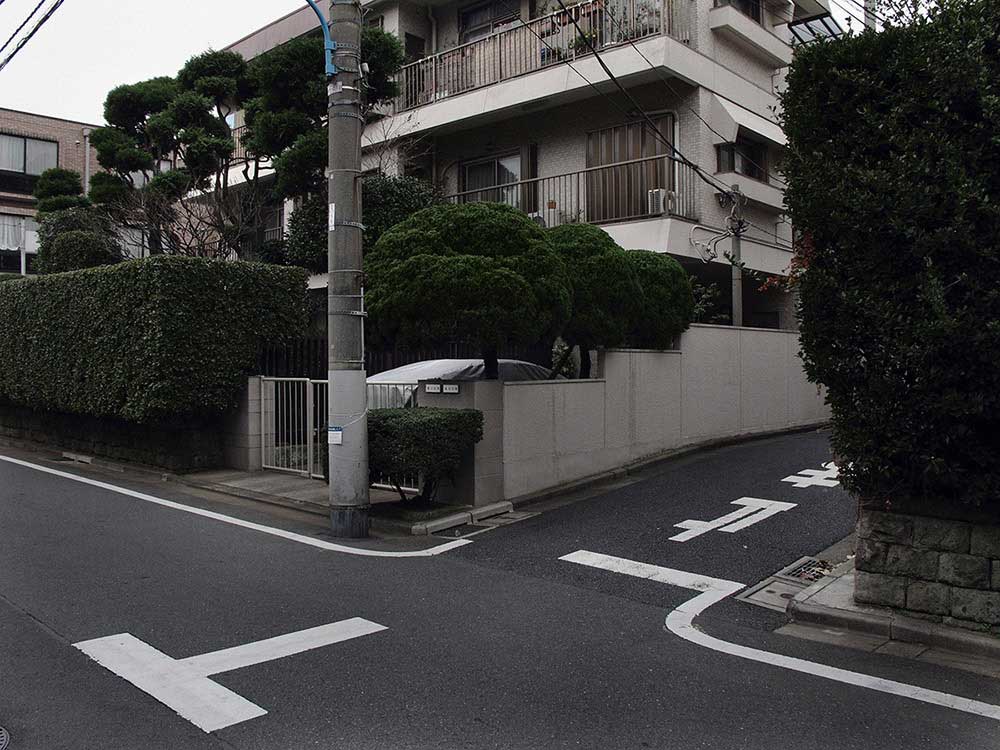
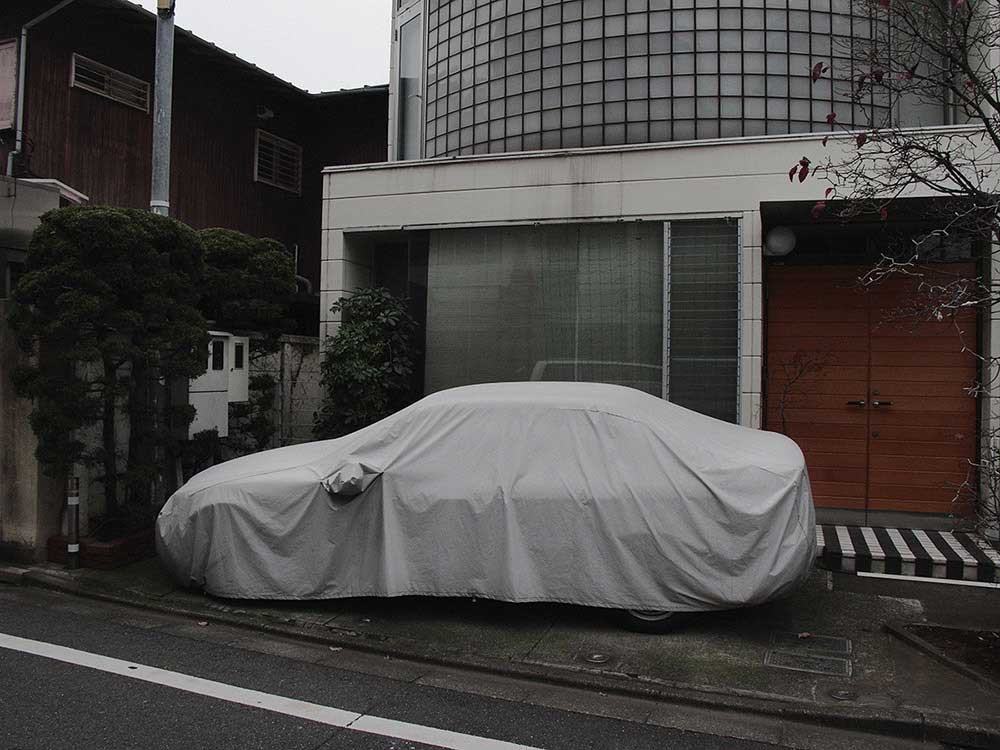
Verkehrsmuseum Dresden
Nov 7–Mar 4, 2018
Augustusstraße 1 · 01067 Dresden
Germany



